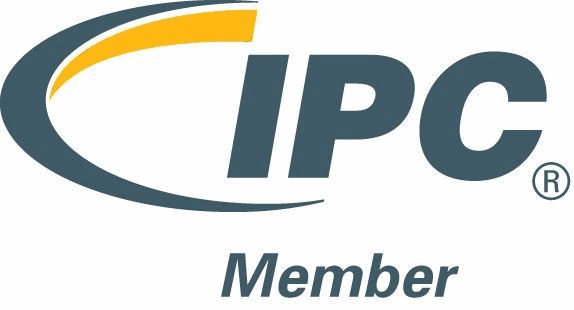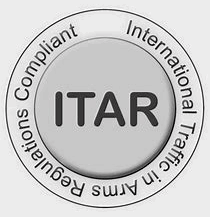During the printed circuit board assembly process, there are two main manufacturing techniques at one's disposal when designing a board and assembling a board. While through-hole technology may be required in select instances, it continues to be utilized far less frequently as through hole designs are more cumbersome to build.
While MPL is fully equipped to handle any through hole project, we specialize in surface mount technology and have since the company’s inception. With four identical modern SMT lines at our disposal, we've developed the kind of throughput power and flexibility concerning mounting PCB components that many similarly sized companies lack. Our vastly experienced pick and place machine operators— all working the same equipment type— provide significant repeatability from line to line.
Given the many advantages of surface mount technologies, customers are curious as to how this production strategy was initially conceived and how it has evolved over the years. Read further to learn about SMT’s rich history and how this technology continues to adapt to evolving industry needs.
From Through Hole to Surface Mount Technology
As mentioned above, through hole technology is the alternative method that can be used for printed circuit board assembly. Up until the 1960’s, through hole assembly was the only option available to PCB manufacturers. While this method was reliable, the through hole process was considerably time-intensive and as a result it was difficult for assemblers to keep up with the growing demand for printed circuit board assemblies. Surface Mount Technology was the electronic manufacturing industry’s response to this rising challenge.
While initially developed during the 1960’s, it was during the 1970’s and 1980’s that surface mount technology was fully integrated into the majority of PCB manufacturing and assembly operations. Offering an automated method of assembly, suddenly PCB assemblers were able to provide quicker turnaround times for their customers at lower initial costs. Furthermore, surface mount technology opened up new opportunities for higher density PCB assemblies, including double-sided PCB assemblies.
SMT Advances to Meet Micro-Assembly Needs
As technology continues to advance, surface mount technology has even been utilized to produce micro-assemblies with increasingly smaller PCB components. Because surface mount technology allows components to be soldered automatically, the printed circuit board assembly does not require as much space between components. However, this development meant that assemblers had less room for error, so as SMT technology became more prevalent in the industry strategies for avoiding easily overheated PCBs and faulty soldering results simultaneously had to be developed.
The Future of SMT Technology
Given that SMT technology has already had a lengthy history, undergoing many changes as the demands for PCB assemblies increased, it is natural to question how this technology will evolve to meet future industry needs. One of the most widespread concerns for PCB assemblies in recent years relates to the environmental sustainability of SMT projects. As this technology continues to adapt to new industry standards, SMT processes have been reworked to accommodate RoHS compliant solder. In addition to employing the use of lead-free solder, PCB manufacturers and assemblers will continue to meet their customers’ needs using evolving SMT technology.
As you can see, surface mount technology’s history continues to be built upon as the industry needs change. MPL keeps pace with each SMT innovation in order to provide our customers with the best possible service. Contact our assembly team today and learn how SMT technology can be utilized to serve your needs.




